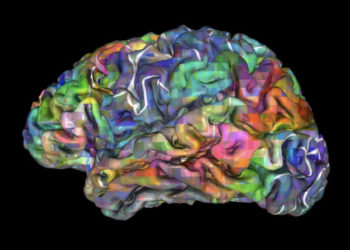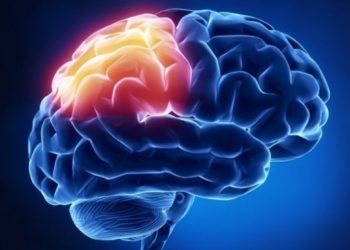Life with TBI
My life with TBI & PCS
Traumatic brain injury (TBI) happens when a bump, blow, jolt, or other head injury causes damage to the brain. Every year, millions of people in the U.S. suffer brain injuries. More than half are bad enough that people must go to the hospital. The worst injuries can lead to permanent brain damage or death. Half of all TBIs are from motor vehicle accidents. Military personnel in combat zones are also at risk.
Symptoms of a TBI may not appear until days or weeks following the injury. A concussion is the mildest type. It can cause a headache or neck pain, nausea, ringing in the ears, dizziness, and tiredness. People with a moderate or severe TBI may have those, plus other symptoms:
- A headache that gets worse or does not go away
- Repeated vomiting or nausea
- Convulsions or seizures
- Inability to awaken from sleep
- Slurred speech
- Weakness or numbness in the arms and legs
- Dilated eye pupils
Health care professionals use a neurological exam and imaging tests to assess TBI. Serious traumatic brain injuries need emergency treatment. Treatment and outcome depend on how severe the injury is. TBI can cause a wide range of changes affecting thinking, sensation, language, or emotions. TBI can be associated with post-traumatic stress disorder. People with severe injuries usually need rehabilitation.
NIH: National Institute of Neurological Disorders and Stroke
Traumatic brain injury (TBI), also known as intracranial injury, occurs when an external force injures the brain. TBI can be classified based on severity, mechanism (closed or penetrating head injury), or other features (e.g., occurring in a specific location or over a widespread area). Head injury is a broader category that may involve damage to other structures such as the scalp and skull. TBI can result in physical, cognitive, social, emotional, and behavioral symptoms, and outcome can range from complete recovery to permanent disability or death.
Causes include falls, vehicle collisions, and violence. Brain trauma occurs as a consequence of a sudden acceleration or deceleration within the cranium or by a complex combination of both movement and sudden impact. In addition to the damage caused at the moment of injury, a variety of events in the minutes to days following the injury may result in secondary injury. These processes include alterations in cerebral blood flow and the pressure within the skull. Some of the imaging techniques used for diagnosis include computed tomography and magnetic resonance imaging (MRIs).
Prevention measures include use of protective technology in vehicles, such as seat belts and sports or motorcycle helmets, as well as efforts to reduce the number of collisions, such as safety education programs and enforcement of traffic laws. Depending on the injury, treatment required may be minimal or may include interventions such as medications, emergency surgery or surgery years later. Physical therapy, speech therapy, recreation therapy, occupational therapy and vision therapy may be employed for rehabilitation. Counseling, supported employment, and community support services may also be useful.
TBI is a major cause of death and disability worldwide, especially in children and young adults. Males sustain traumatic brain injuries more frequently than do females. The 20th century saw developments in diagnosis and treatment that decreased death rates and improved outcome.






